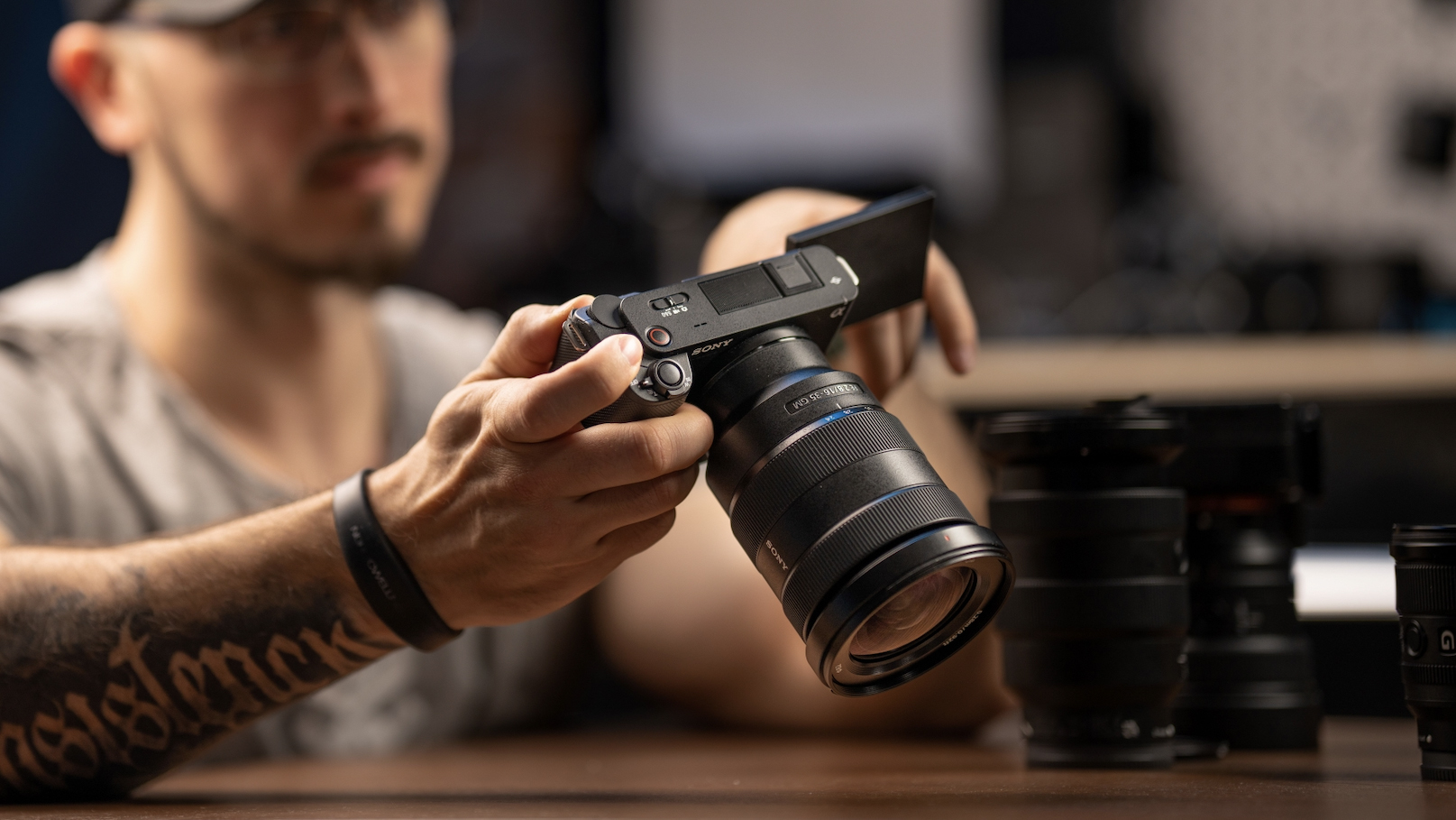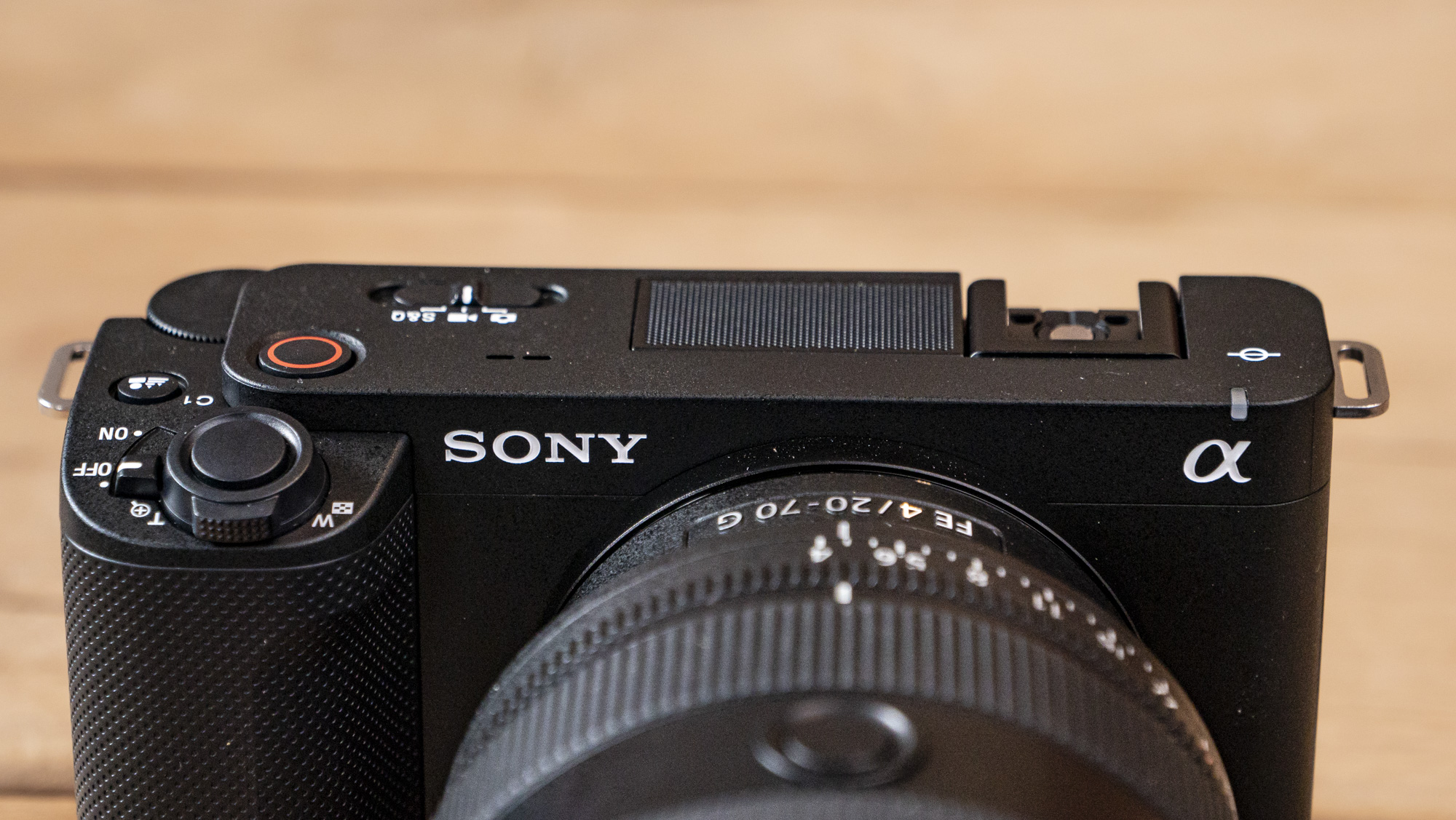Sony just gave the world’s best vlogging camera two big free upgrades
The Sony ZV-E1 can now record 4K/120fps and 1080p/240fps video

In our full Sony ZV-E1 review, we described the flagship full-frame mirrorless model as ‘the most capable vlogging camera’ available and it’s in our best vlogging camera guide. Now, via a free upgrade, it just got even better.
Sony has rolled out a significant upgrade – it’s not a firmware update but an upgrade license – that simply adds 4K/120p video (Long GOP compression), and 1080p /240fps video to the camera's S&Q (slow motion / quick motion) mode.
The 1080p/240fps addition is a 10x slow motion video effect and will provide greater versatility in post for creative speed ramping effects, and slowing down fast-paced action where it's otherwise hard to take in the details.
The ZV-E1 was already the most powerful vlogging camera available that is a trailblazer in how AI is transforming how our cameras work, with auto-tracking features that make life easier for modest film crews.
It is also the cheapest way to get the stellar 4K sensor that is found in the significantly more expensive Sony A7S III. And now, thanks to this upgrade, the ZV-E1 matches the max 4K video frame rate of its pricier sibling.
We knew the update was coming when the ZV-E1 was launched – Sony publicly said so – and now that day has come. We've shared below how you can upgrade your ZV-E1 with these new video record modes.

How do I update my ZV-E1?
The ZV-E1 license is obtained via Sony Creators’ Cloud for which you need an account, but there is no charge for the updated license.
Get daily insight, inspiration and deals in your inbox
Sign up for breaking news, reviews, opinion, top tech deals, and more.
If you’d rather not create an account, you can upgrade your ZV-E1 without signing in through a three-step process that requires your camera's 7-digit serial number, and you’ll need a memory card to download the license file and transfer it to your camera.
Once you've inserted the memory card containing the license file into your camera, on-screen instructions will guide you through the rest of the process.

Tim is the Cameras editor at TechRadar. He has enjoyed more than 15 years in the photo video industry with most of those in the world of tech journalism. During his time as Deputy Technical Editor with Amateur Photographer, as a freelancer and consequently editor at Tech Radar, Tim has developed a deeply technical knowledge and practical experience with cameras, educating others through news, reviews and features. He’s also worked in video production for Studio 44 with clients including Canon, and volunteers his spare time to consult a non-profit, diverse stories team based in Nairobi. Tim is curious, a keen creative, avid footballer and runner, and moderate flat white drinker who has lived in Kenya and believes we have much to enjoy and learn from each other.